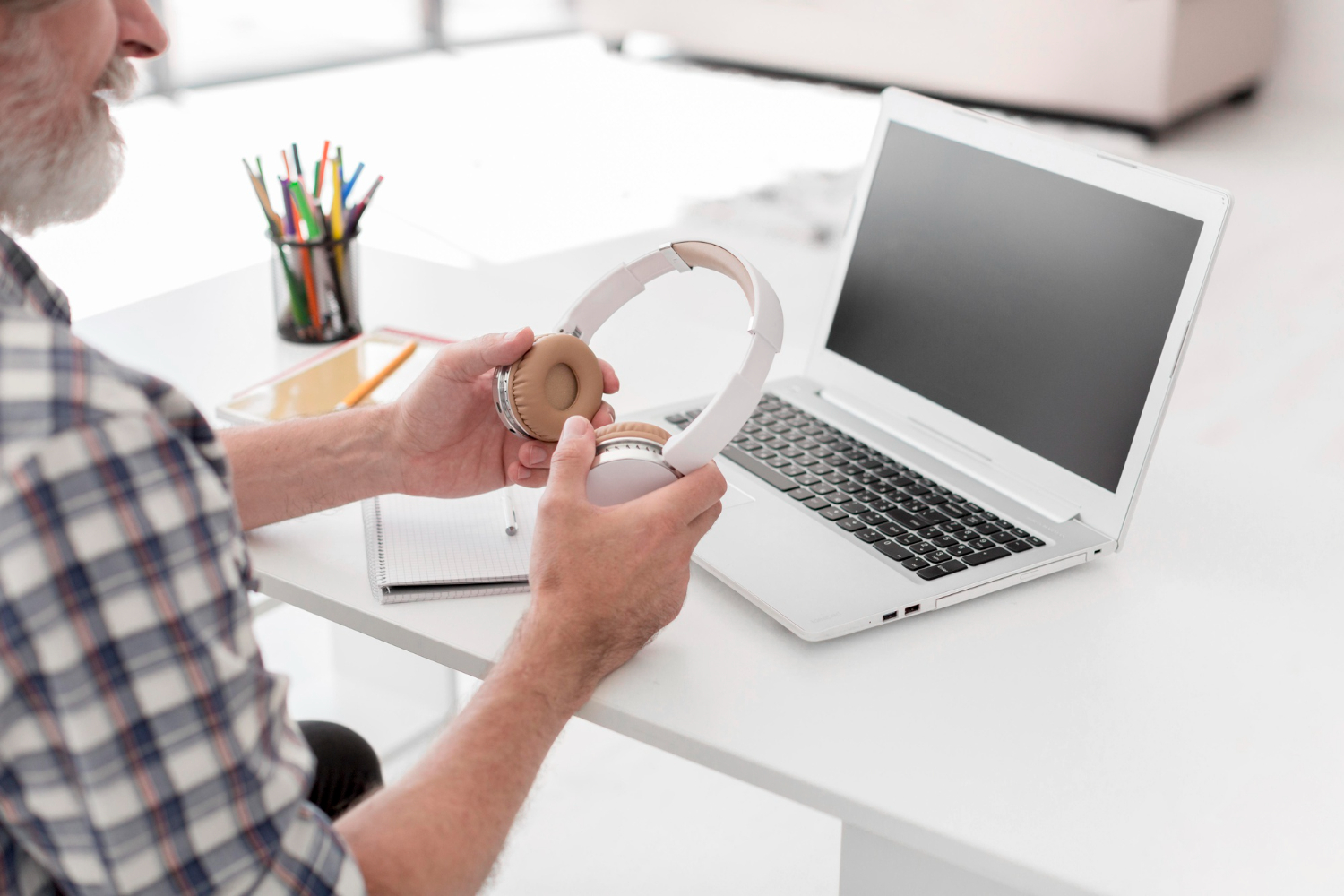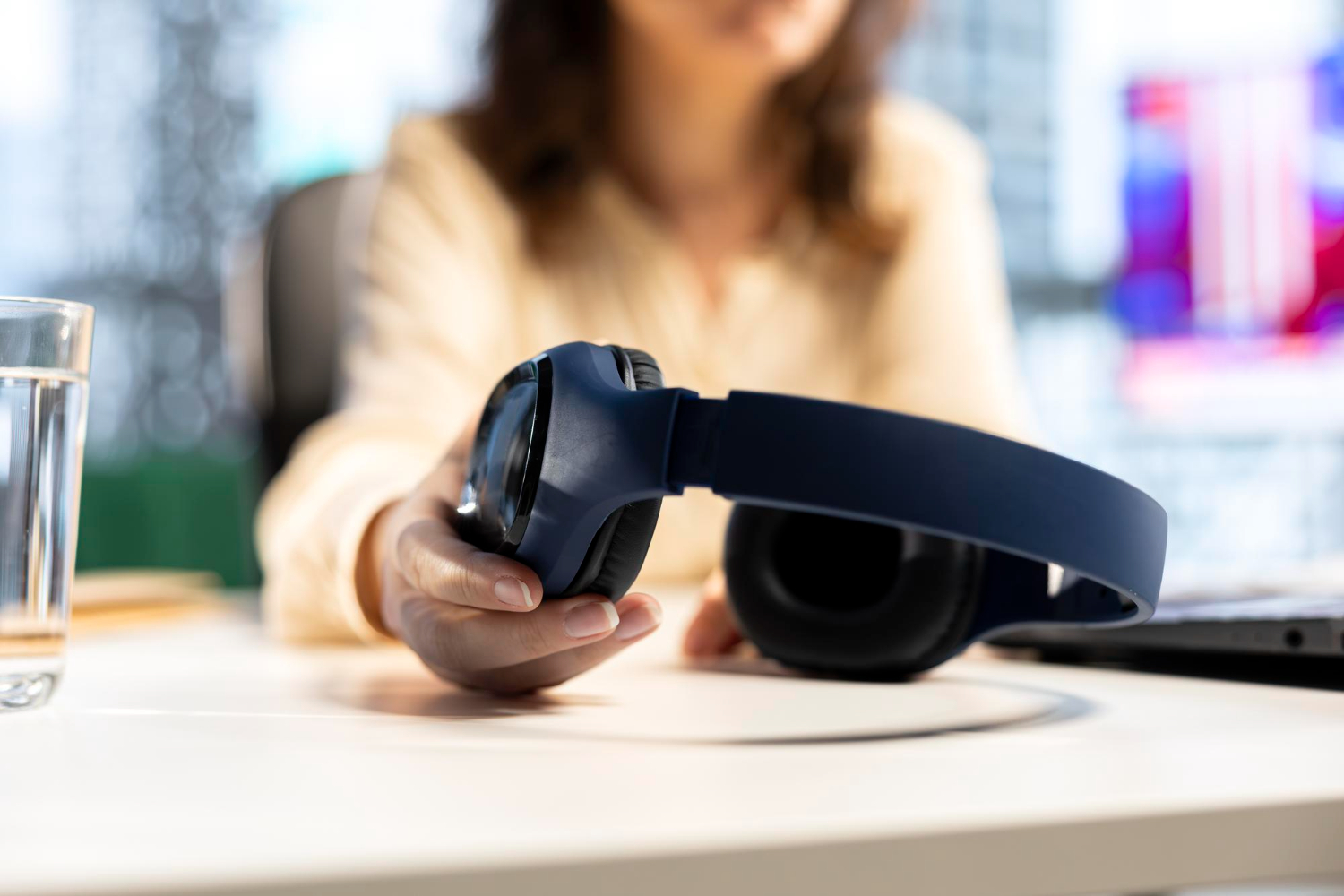The fastest way to end Bluetooth chaos is to stop treating your headset like a guessing machine. Give it a simple rulebook and it will do the right thing every time: your laptop owns work calls unless you’re on the move, your phone owns music when you leave the desk, and handoffs happen automatically instead of via frantic toggles. That rulebook has three parts. First, choose which devices are allowed to connect at the same time and in what order. Second, set how calls and media behave on each device so a calendar alert doesn’t bulldoze a soundtrack or a ringtone doesn’t hijack a meeting. Third, understand the codec and profile limits so you don’t ask for studio-quality audio in a mode designed for voice. With those choices made once, you’ll get predictable connections, clean transitions, and far fewer “why did my headphones just jump devices?” moments.
Pick a “home” device and define who wins by default

Start by deciding which device is the headset’s home during your workday. For most people, that’s the laptop from nine to five and the phone the rest of the time. Make that explicit. Pair the headset to both, but connect only to the home device when you power on in the morning. If your model supports multipoint, enable it and choose a two-device limit rather than letting it remember a long parade of past machines. Keep the second slot for your phone so notifications and calls can alert you, but not steal the audio unless you answer. In practice this looks like turning the headset on near your laptop so it snaps to that first, then unlocking the phone so it fills the second slot. When you walk away from the desk, disconnect on the computer or close the lid; the phone remains and becomes primary without you hunting menus. Make the mirror move at the end of the day by tapping connect on the laptop once; tomorrow morning the pattern repeats. A simple “who wins when both are present” rule kills half of the surprise switches you fight today.
Use multipoint wisely, then narrow what each device can control
Multipoint is useful when it’s scoped. Let the laptop own meetings and media during work and let the phone own calls only when you pick up. On Android you can fine-tune this on the Bluetooth device details: leave “Calls” enabled for the phone so it can ring through, but disable “Audio” if you want zero chance of your playlist stealing focus; or do the reverse if the phone is your music player and you never take calls on the laptop. On Windows and macOS, set the headset as the default for “communications” in call apps while leaving system sounds on speakers, or choose the headset as both input and output only in your conferencing app while the OS keeps the speakers for general audio. Many headsets also have a “source” or “call” priority toggle in their companion app; pick “call priority” if you want an incoming phone call to momentarily duck laptop audio and then return to the laptop when you hang up. If your model allows disabling auto-answer, do it; the tiny delay required to press “accept” prevents accidental mid-meeting hijacks when spam calls arrive.
Know your profiles and codecs so expectations match reality
Bluetooth behaves differently depending on what you’re doing. High-quality music plays over a stereo profile, while voice calls use a hands-free profile that prioritizes your microphone and low latency. That’s why music sounds thinner the moment you join a meeting: the headset switched to a voice mode that carries mic audio both ways. You can’t force full-fidelity stereo while your mic is live; what you can do is keep the call on the laptop that handles voice best and return to high-quality playback as soon as the meeting ends. Codecs add one more layer. AAC can be great with phones that implement it well; aptX and its adaptive flavors tend to be solid on many Android phones and PCs; LDAC can sound wonderful but is more sensitive to range and interference and may reduce stability in busy offices. Newer LE Audio with LC3 improves efficiency and multipoint behavior, but you’ll only benefit if your headset and devices all support it. When you need reliability for meetings, choose the codec setting labeled “stable” or “connection-priority” in the headset app. Save the “high quality” toggle for music time when you’re near the device.
Make handoffs feel automatic by controlling the first and last mile
Seamless switching is mostly about the few seconds when you start or stop a task. Before a meeting, open your conferencing app and select the headset explicitly so the platform remembers the choice. On macOS, pick the headset from the menu bar’s sound device list right before you join; on Windows, select it in the app’s audio settings, not just the system tray, so the app respects your pick every time. On your phone, route music to the headset only when you’re actually listening; the Android media output switcher and the iOS Control Center make this a two-tap move. When a call comes in while you’re on laptop audio, decide once how you’ll triage: either decline from the headset and let the laptop keep playing, or answer and trust the headset’s call priority to duck the other source and then snap back. End meetings by muting and hanging up from the conferencing app rather than just removing the headset; this returns the audio stack to a clean state so your next song or video uses the stereo profile immediately. Those tiny habits keep handoffs feeling like a glide, not a stumble.
Fix naming, firmware, and pairing lists so the headset stops guessing
Chaos creeps in when your headset sees five copies of “John’s MacBook” and three phones with similar names. Rename devices to something distinct—“JOHN-MBP-OFFICE” and “JOHN-PHONE”—so the connection order is obvious. Update headset firmware in its app; vendors regularly improve multipoint logic and reconnection speed. Clear the pairing table on the headset twice a year so it forgets hotel TVs and borrowed laptops, then re-pair only the two or three devices you actually use. If your headset ships with a USB dongle for low-latency calls, use it on the laptop; it creates a private, fixed link that stops the headset from bouncing toward your phone mid-meeting, and it often improves mic quality in noisy rooms. Set your laptop to stop playing system alerts through the headset, or at least lower their volume relative to media, so calendar pings don’t feel like interruptions. Finally, power the headset up near the device you want as primary. Bluetooth favors the first device it sees; starting it in the right place is an easy way to bias the outcome without menus.
Create simple “profiles” for desk, commute, and gym and practice the swap
Most of your week falls into three scenes, and your headset can behave perfectly in each if you’ve rehearsed once. At the desk, the laptop is first, the phone is second, and call priority is on so you can answer intentionally. On the commute, the phone is first, the laptop sleeps, and media runs in a stable codec with notifications filtered to essentials. At the gym, only the phone is paired and the headset forgets the laptop temporarily so rep-counting apps or smartwatch prompts don’t pull focus. The swap is easy when you know the one action that moves you between scenes. Leaving the desk, close the laptop or toggle Bluetooth off on it for ten seconds; arriving, tap connect on the laptop’s Bluetooth menu once so it retakes first slot. Heading to a workout, long-press the headset’s source button to drop the second connection and run “phone only.” Coming back, a single connect tap on the laptop rebuilds your work scene. Practiced once, those moves become automatic, and the chaos disappears simply because your headset always knows which scene it’s in.
Troubleshoot the stubborn cases with a short, repeatable drill

When behavior gets weird—audio sounds thin after a meeting, the headset refuses to switch back, or music keeps pausing—reset the stack instead of poking random toggles. Hang up in the app so the voice profile releases, then pause media and count to three. If stereo doesn’t return, toggle Bluetooth off and on on the device currently playing; if that fails, disconnect and reconnect the headset from its Bluetooth menu. If multipoint seems stuck between two masters, disconnect on both devices, then connect the one you want as primary first and the other second. If dropouts persist, try a different cable with the USB dongle or move the phone out of the laptop’s Wi-Fi antenna shadow; 2.4 GHz interference is a classic invisible culprit. As a last resort, forget the headset on both devices, clear the headset’s pairing memory, and re-pair in your preferred order. The key is to do the same three or four steps each time. A calm, predictable drill solves more than it seems because most “random” problems are just the radio stack in a confused state.
Your headset knows where to connect: pairing rules that stop the chaos

